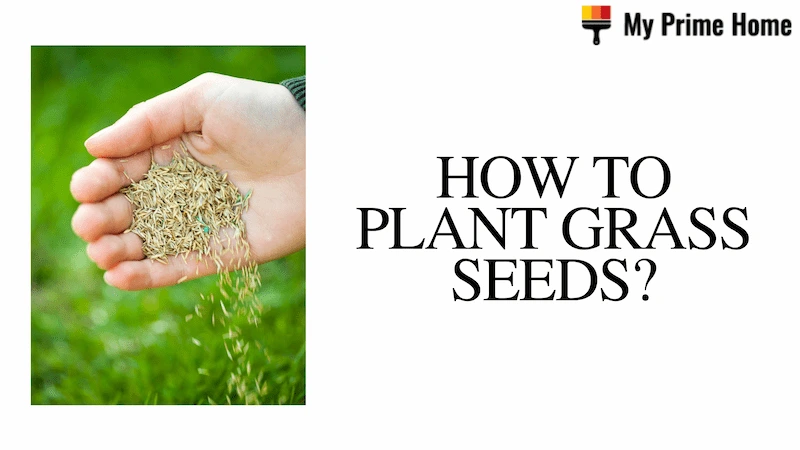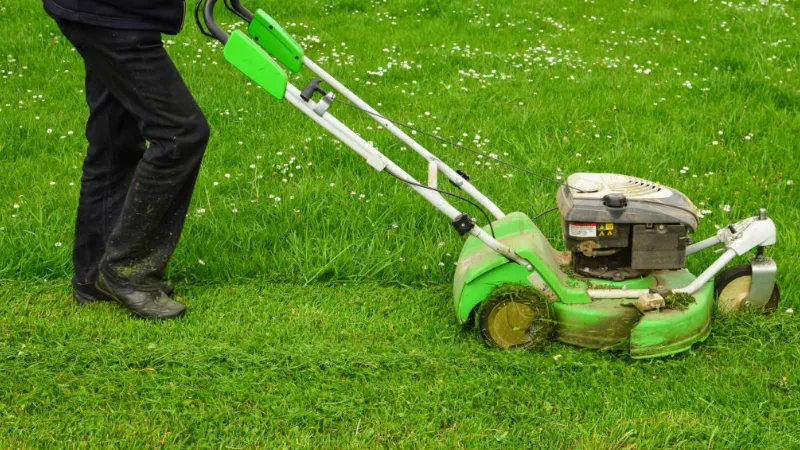Having trouble starting the gnat removal process? In order to ensure that your plants are pest-free, we’ve put together this useful guide on how to get rid of gnats in plants. It covers a variety of symptoms, remedies, and prevention advice.
You need to get rid of the old soil and repot, make a gnat trap, sprinkle cinnamon on the soil, use flypaper, clean drains, and water with mosquito dunks/bits…
Read on for more detailed information.
Does My Plant Have a Gnat Problem?
There are a few indicators to watch out for before you determine that your plant has a gnat problem. Knowing if your plant has gnats can sometimes be hard to tell since the bugs are so tiny. These little pests can be a pain to deal with even though they generally don’t harm the plant itself (unless it’s a severe case).
To help you be ready to treat your plant when the time comes, we’ve compiled a list of certain symptoms below.
- The plant stops growing. It may not be the adult gnats you need to look out for! Actually, the larvae enjoy munching on the feeder roots of your plant, which has an impact on how well it can absorb nutrients.
- The leaves start to turn yellow and fall. If the damage is particularly severe, the plant may start to wilt and its leaves may turn yellow. If the roots are extremely damaged, the plant may not be able to survive.
- You start to notice little flies encircling your plant. If you’re near your plant and see little flies circling around, that’s almost always a sign that you have fungus gnats.
- Root rot. When a plant is overwatered, the roots frequently start to rot and spread through the soil. Given that gnats thrive in moist environments, if you notice that your plant has signs of root rot, there’s a good chance that you have fungus gnats.
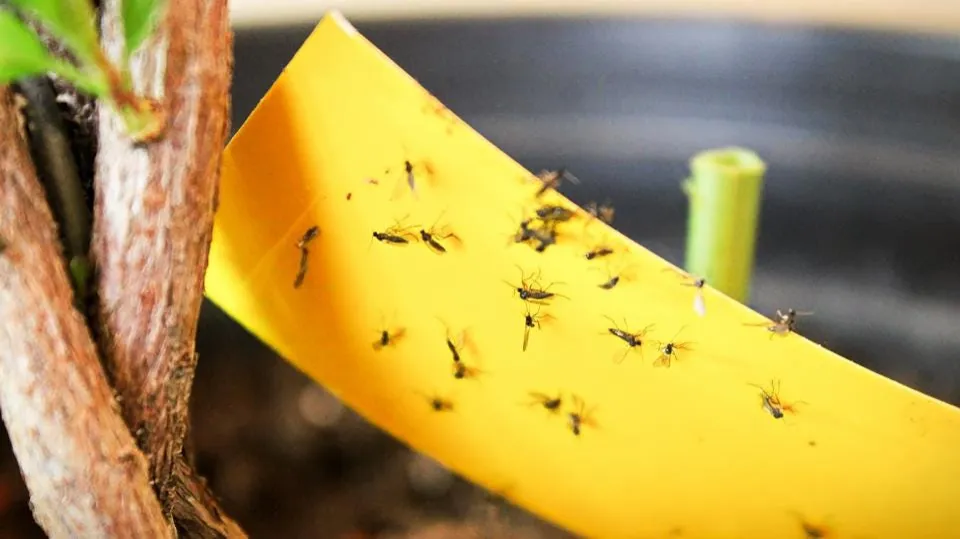
How to Get Rid of Gnats in the House?
Fungus gnats can be eliminated in a number of ways without the use of chemicals. And the best part is that you probably have many of these items in your home.
You can use any or all of the methods on my list below to kill fungus gnats in your indoor plants naturally (and stop them from returning). The methods are listed in the order that I typically use them.
Just keep in mind that you need to eliminate not only the adult gnats you see flying around, but also the eggs and larvae that are buried in the ground.
Get Rid of the Old Soil and Repot
Eliminating all of the soil from the offending plant is the quickest way to get rid of gnats. Since there are hundreds of eggs buried beneath the soil for every gnat you see flying around the room.
The first thing I do is take the plant out of the soil and inspect the roots. They’ll probably be wet or sloppy, so place it on a piece of paper towel and let it air dry for a while.
Any dead or decaying roots should be cut off (always using a sterilized knife or pair of sheers).
Having the proper indoor plant tools makes this step much easier.
While the roots are drying, empty the pot and clean it really well, even with bleach if you can. Then, repot it with the new soil and the cleaned up roots.
Consider using LECA (lightweight expanded clay aggregate). Root rot is less likely as a result of LECA’s ability to control the amount of water delivered to the roots.
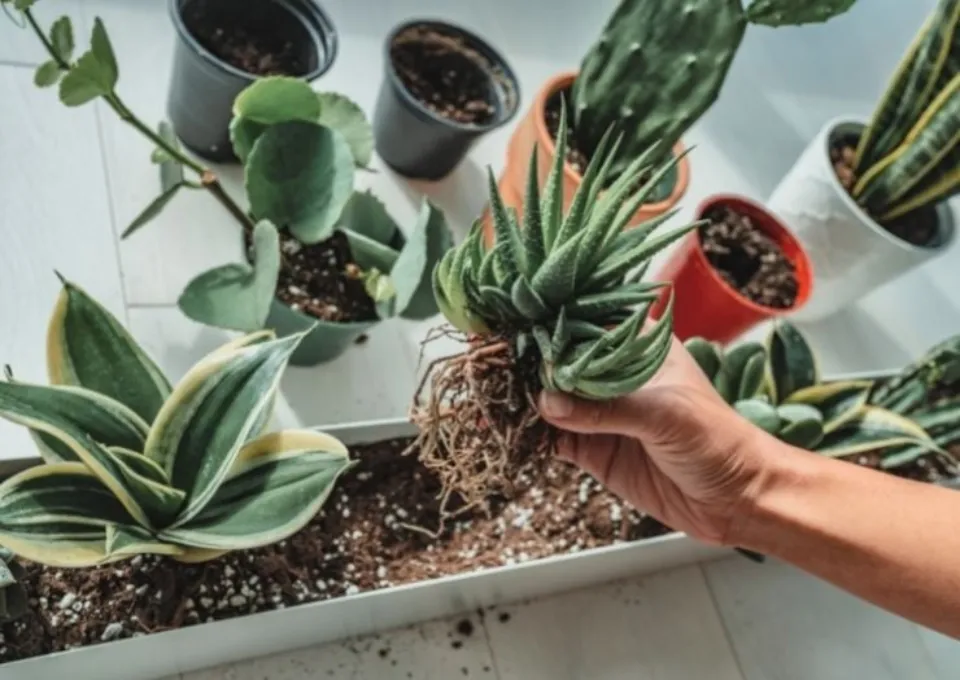
Make a Gnat Trap
A few tablespoons of apple cider vinegar, some sugar, and a few drops of dish soap should be combined in a small saucer. Put the saucer near the gnats. Use additional saucers if necessary. Gnats will be drawn to the sweet solution, fall in, and become trapped. Replace the solution frequently until they are no longer present.
Sprinkle Cinnamon on the Soil
You can sprinkle some cinnamon on top of the soil while you wait for diatomaceous earth to arrive or as soon as you realize you have fungus gnats. They are prevented from laying eggs because of the cinnamon’s natural fungicide and irritant properties.
However, not all cinnamon is equal when it comes to getting rid of gnats.
Ideally, you want to use ceylon cinnamon, not the regular kind most people already have at home.
Use Flypaper
Hang sticky flypaper ribbons to catch gnats, but be careful where you put them. Including your curtains, hair, and furniture, they will grab onto almost anything. Use them indoors only; outdoors, they will trap helpful animals.
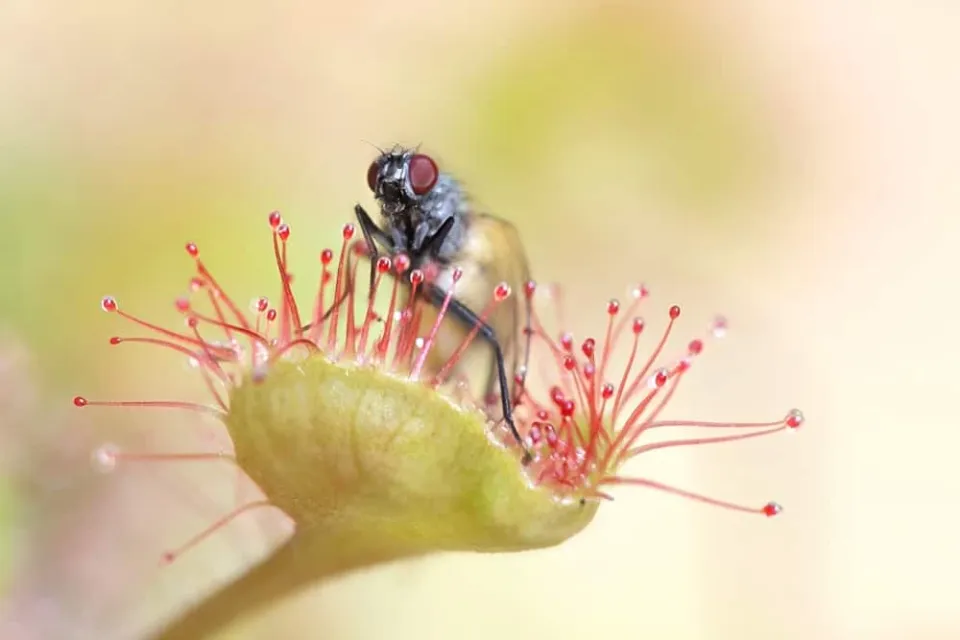
Clean Drains
Pour a gallon of water and 1/2 cup of bleach into your drain slowly. Then, run a lot of hot water down the drain to rinse it. Follow the instructions on the label of a drain cleaning product if it is labeled for this type of pest control.
Water With Mosquito Dunks/Bits
Mosquito dunks are the miracle product that will kill fungus gnats in their tracks, plus it’s so easy to do.
All you do is throw a small piece in your watering can and water your plants with it. Additionally, each piece will endure multiple waterings.
These contain the naturally occurring bacteria BTI, which is toxic to pest larvae like gnats and mosquitoes.
Toxins produced by the active ingredients only affect gnats, their larvae, blackflies, and mosquitoes. It tempts gnat larvae to eat this rather than fungus or roots.
Use Yellow Sticky Traps
These sticky traps also work well if you don’t have apple cider vinegar or don’t want to deal with the smell of vinegar. The gnats are drawn to them because of their yellow color.
However, whether you use the sticky traps or the apple cider vinegar method, these only provide you with a general idea of the severity of your gnat problem. You have to use these methods alongside dealing with the larvae problem.
Bake Your Soil
If you are unable to get new soil, you can bake your existing soil to get rid of any bugs, eggs, and larvae that may be present.
Remove the plants, gently shake off as much soil as you can from the roots, and then dump all of the soil onto a baking sheet.
It should bake for about 25 to 30 minutes at 200 degrees. Clean and sanitize the pot while it is baking.
When the baked soil is cooled to room temperature, you can repot your plant.
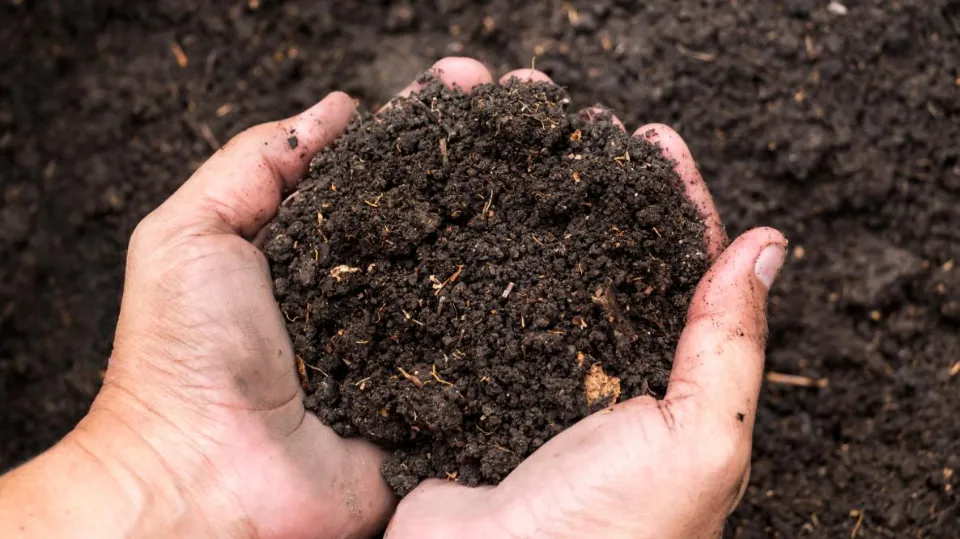
Set a Fruit Trap
A bowl covered with plastic wrap should contain an overripe apple or banana. Pierce the wrap with a few holes. Any gnats that enter the bowl will be trapped, allowing you to get rid of them.
Hydrogen Peroxide Drench
Mix one part 3 percent hydrogen peroxide with 4 parts of water and pour this over the soil of your plant.
The only real method for eradicating the gnat population is to use hydrogen peroxide, which kills all of the fungus gnat larvae.
This dilute mixture has the ideal strength to kill insect eggs without harming your plant (it actually aerates the soil and cleans the roots).
Keep in mind that you should only do this when your plant actually requires water, not when it is already wet.
Use Leftover Wine
Keep a red wine bottle that is almost empty close to the kitchen sink. The alcohol will be inside, making it impossible for gnats to get out.
Add Diatomaceous Earth to Every Pot of Soil
Diatomaceous earth is created from fossilized organic material, like algae, and some naturally occurring minerals, like, silica).
The extremely fine powder kills insects by drying them out from the silica’s sharp edges. I always mix some into the soil when repotting plants, and I also like to add some to the soil when I’m planting new plants.
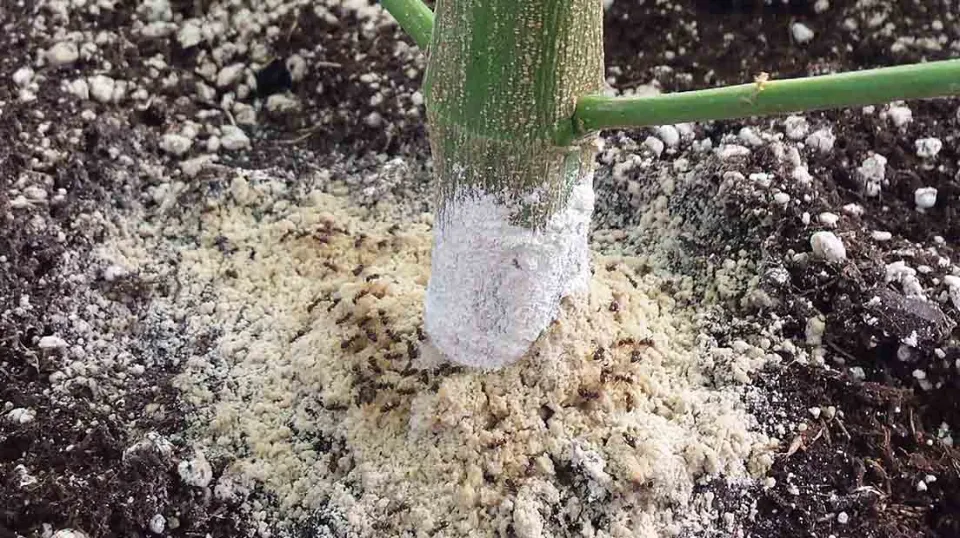
Use An Apple Cider Vinegar Mix
Killing off all of the eggs and larvae in the soil is crucial for getting rid of gnats in your houseplants.
After using the aforementioned techniques to accomplish that, you should catch every adult gnat that is still flying around to prevent them from laying more eggs.
Placing an apple cider mixture next to your problematic plant is one organic way to get rid of gnat flies. In a shallow dish, mix one part apple cider vinegar to two parts water, add a teaspoon of sugar and a few small drops of liquid dish soap (Blue Dawn is best).
You have to use apple cider vinegar since it’s a little sweeter than white vinegar and also has the orange-color that’s also attractive to the bugs.
Call a Pro
Call a reputable pest control business for assistance if gnats keep returning or you have a serious infestation.
What Causes Gnats in Houseplants?
There are many potential reasons why you have a gnat infestation, but the most frequent ones are organic waste, moist soil, and light sources. Find out what might have attracted gnats to your plant by reading on.
Organic Debris
Nothing makes fungus gnat larvae happier than eating organic waste from potting soil. These bugs reproduce by laying eggs on the first couple inches of soil, and when they hatch they feed on the organic matter around them. The pupation process starts after about two weeks.
Wet Soil
You might have fungus gnats now if you frequently water your potted plant and the soil is always moist. We don’t want this to happen, but maintaining a constant moisture level in the soil makes it the ideal environment for these bugs to thrive and procreate.
Light Source
Fungus gnats are drawn to organic matter and moisture, but they also like to congregate near light fixtures. For them to congregate, your house is the ideal setting! Use one of the methods listed below to get rid of fungus gnats if you do see them flying around your lamp or window.
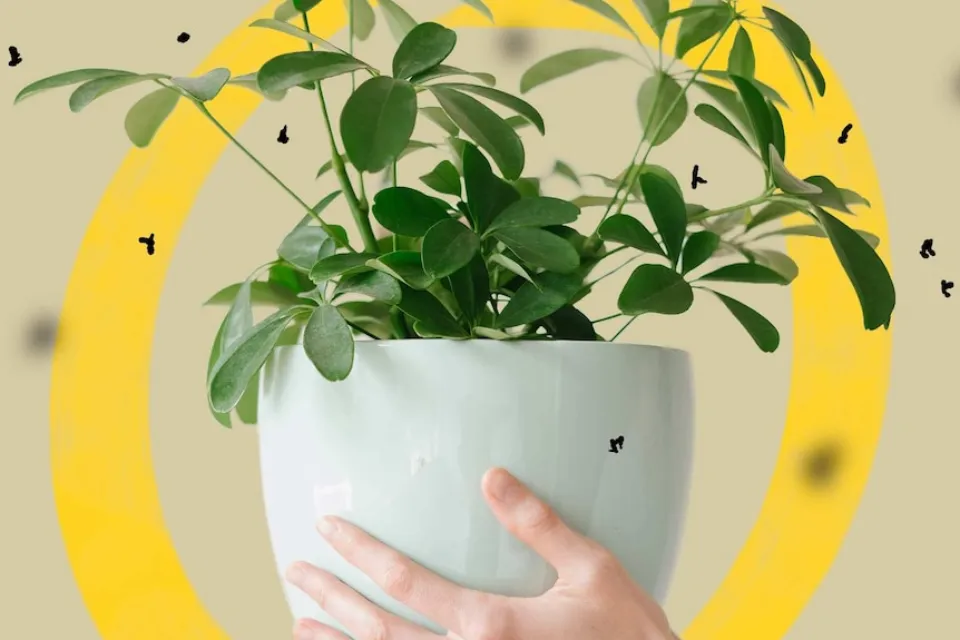
How to Prevent Gnats in Houseplants?
The question is, how do you stop fungus gnats from infesting your houseplants? You can take several precautions to ensure your plants don’t get overrun by these little bugs. With a few simple steps, your fast-growing plant will be healthy and thriving without any unwanted visitors!
Avoid Overwatering
Overwatering is the main reason why fungus gnats appear on plants, so try to let the soil completely dry out between waterings as often as you can. Check the soil with your finger every few days, and once you notice that it is beginning to dry out, leave it that way for about a week to keep gnats away. . Be mindful of how often you water your plants because these guys prefer moist environments.
Use a Pot With Good Drainage
To prevent the gnats from laying eggs and spreading, make sure the pot your plant is in has good drainage. Having good drainage will also prevent root rot, a nasty disease that develops in plants that are overwatered.
Check Plants before Bringing Inside
When bringing plants inside for the first time, many people assume that they are bug-free. Even though that’s not always the case, it’s still crucial to check your plants for gnats or any other bothersome little bugs before bringing them inside.
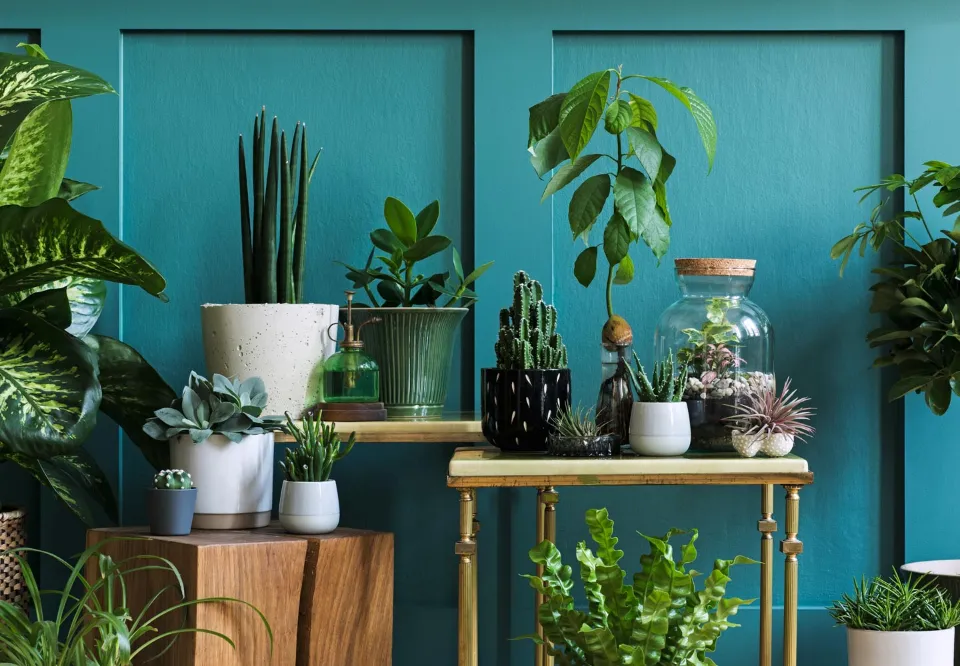
FAQs
How Do I Get Rid of Gnats ASAP?
Mix a half cup warm water with two tablespoons apple cider vinegar, one tablespoon of sugar, and six drops of liquid dish soap in a small bowl. Gnats won’t be able to resist the sweet mixture, but the soap’s stickiness will prevent them from escaping.
Does Vinegar Get Rid of Gnats in Houseplants?
You can make your own organic traps to kill the adult fungus gnats. A deep bowl can have the bottom filled with red wine or apple cider vinegar before a few drops of liquid dish soap are added. Put it near your infested house plants. The gnats adore it and will suffocate in it if they fall in.
What Kills Fungus Gnats on Plants?
Hydrogen peroxide is a quick and effective way to get rid of larvae, killing them on contact. Mix four parts water with one part hydrogen peroxide and soak your soil with the solution. If you want to kill larvae in the soil, you can also apply neem oil that has been diluted with water.
Do Gnats Go Away on Their Own?
No, gnats won’t likely disappear on their own once they begin to reproduce. You will need to take the appropriate actions to get rid of them, such as putting away your fruits, clearing your drains, or switching the soil in the pots of your indoor plants.
Summary: How to Get Rid of Gnats in Plants?
I hope that this article has given you a better understanding of what causes fungus gnats in indoor plants and how to get rid of them. Not everything works for everyone, so it might take a bit of trial and error.
You need to get rid of the old soil and repot, make a gnat trap, sprinkle cinnamon on the soil, use flypaper, clean drains, and water with mosquito dunks/bits…
However, don’t give up! Start out modestly and see what works for you. Only intensify treatment if necessary.
If you have any questions, please leave a comment. My Prime Home tries to give you the best home improvement information. Thank you for reading.
Read about

